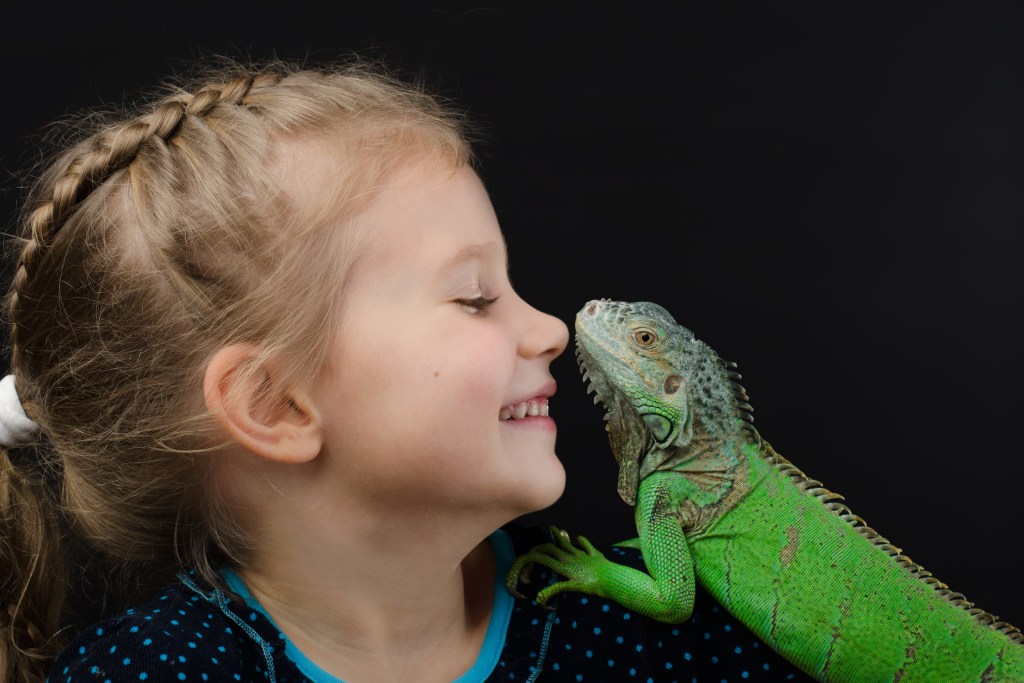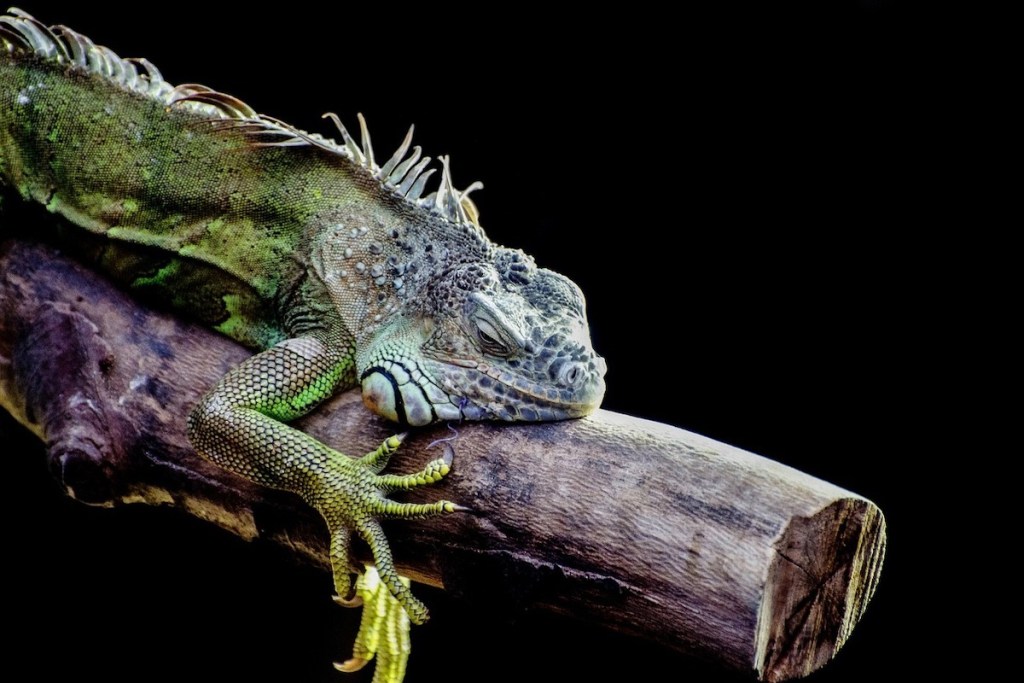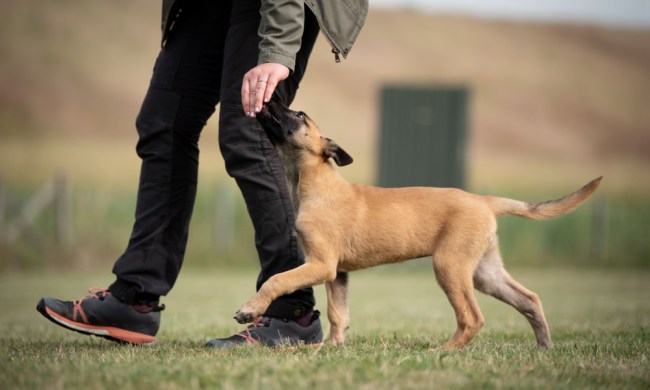Although they can be difficult for beginners, tame iguanas will make a wonderful addition to your household and can be enjoyed by the whole family. Even though the end result is worth the effort, don’t be fooled if you see a mature and docile adult in your friend’s house. Iguana training takes work. You’ll need to do your research on local restrictions as well since some areas may ban these reptiles as pets. Also, since they can carry salmonella, these guys might not be the right choice if there are babies, pregnant women, or immunocompromised people in the home. Once you decide that you do want an iguana, you should follow these steps to train your new pet.

How to tame an iguana
As with all pets, it’s important to know where your new friend comes from. Any reputable breeder will disclose his origin — don’t be afraid to ask! Wild-caught iguanas will not train or adjust to you well, and you don’t want to disrupt any ecosystems by removing an animal from its natural habitat. Instead, always find a captive-bred reptile or take on a well-behaved rescue.
- Start young if you can. You may wind up adopting an older animal, which can actually save you some of the headache of training. As long as your little pet spends time with humans as a baby, he will
lovetolerate people holding him later in life. - Give your pet time to adjust when he first comes home. We actually don’t recommend jumping into a strict training regimen the second he waddles through the door. Everything will surprise your pet at first, and even with the best pet shop, the transportation and new accommodations will shake him up. It can take days or weeks for your lizard to feel at home.
- Iguanas thrive on a schedule. You don’t know what kind of environment he lived in, so find a daily pattern that works well for you both. For example, set an alarm for feeding times and keep his lighting on a timer to make things really consistent. Once he seems calm, takes his meals easily, and keeps to a good sleeping schedule, you should dive in.
- Engage his senses. As part of your routine, he will see, smell, and hear you. That’s good. You want your iguana to acclimate to you and the rest of his environment. Iguanas have pretty good hearing, so keep the excess noise down for those couple of transition weeks (and probably in general).
- Be patient. You might notice some shyness, especially in the first few days. Iguanas can get easily spooked, and you want to keep both yourself and your pet happy. Work up to holding and petting your animal. Start by giving him treats, letting him lick you, and hanging out in his presence.
- Beware of injuries. Many owners wear gloves when they first pick up their pets. Iguanas may bite, but even more so, their tails can be a menace. You’ll see those sharp spikes and know instantly that they hurt. A spooked lizard might whip you and can break skin. Make the first move, but let him come to you.
- Don’t accidentally encourage bad behavior. Once you are playing with your pet frequently, add that to the routine. Try to handle him 15 minutes per day and don’t back down right away if he starts to panic. You don’t want to unintentionally reinforce bad behavior. Calm him as best you can and then take a break.
- After a few months, you’ll have bonded with him, but don’t stop there. It’s still important to spend time together every day or he may become skittish again and lose some familiarity. Remember, just because he likes you doesn’t mean he will immediately take to everyone else. You want to take it slow anytime you introduce your reptile to a new human.

It may seem like a lot of steps, but we promise that it’s worth it. Keep in mind, even if you do everything right, you should still monitor your pet’s moods and give each other space if either of you has an off day. Also, prepare for your animal to change a bit over the years. Iguana teenagers — like all teens — can act out. Expect some weirdness around 2 years of age, or skip that whole phase by adopting an older reptile. Since iguanas can live to be 20 or so, you will have lots of time together, no matter what. Think about that part, too, before bringing home your new leathery companion.



